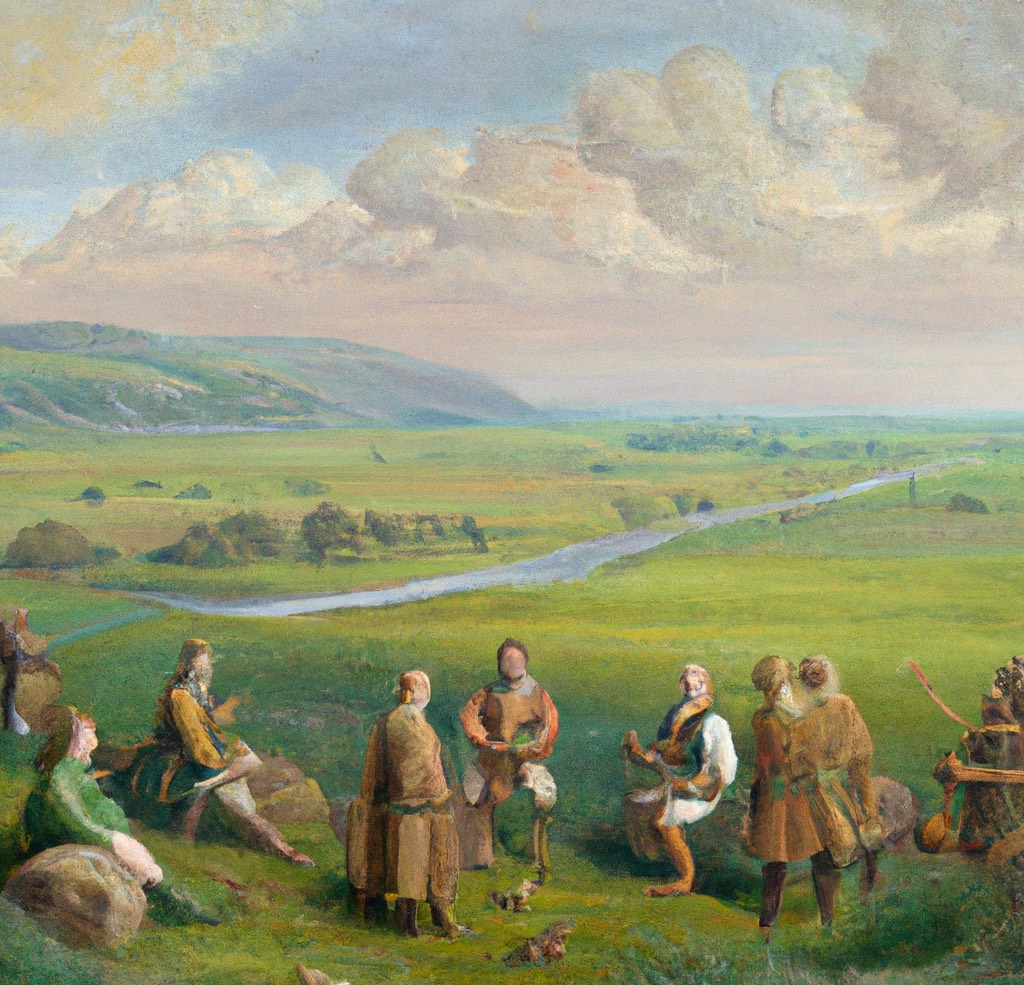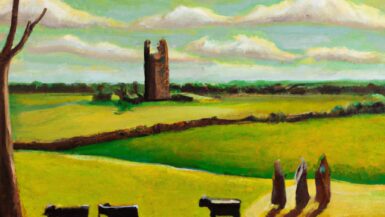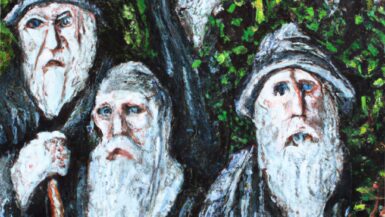While the concept of the High Kingship in Ireland is deeply rooted in both history and legend, it underwent significant changes over the centuries. The unified ideal of a singular ruler gradually gave way to the rise of regional powers, with various families and tribes exerting dominance over localized territories. This shift marked a transformative period in Irish history, steering its trajectory from a mythic past towards the more defined territorial kingdoms.
A Historical Overview of the High Kingship
The role of Ard Rí or High King was both symbolic and functional. Ideally, he was the supreme ruler of all of Ireland, representing the political and religious zenith. However, the true power of the High Kings varied, often contingent upon the force or diplomacy they could wield.
High Kingship: Symbolism vs Reality
In its heyday, the High Kingship was the aspiration of every major dynastic line. However, in practice, many High Kings lacked the means to impose their rule over the entirety of Ireland, and the title was often more ceremonial than practical.
Factors Leading to the Decline
The Fragmented Nature of Gaelic Ireland
Gaelic Ireland was not a centralized state but rather a patchwork of tuatha (petty kingdoms). Each of these had its own ruler, and as their power grew, the challenge to establish a unified rule became insurmountable.
Absence of a Primogeniture System
Unlike other medieval European kingdoms, Ireland didn’t adopt a system of primogeniture where the eldest son inherits. Instead, the tanistry system was followed, in which the clan chose the successor from among the ruling family, leading to internal disputes and weakening centralized authority.
External Threats
The repeated Viking raids from the 8th century onwards destabilized many regions, making unified resistance or centralized governance difficult. While the Vikings were eventually integrated into Irish society, their initial forays fractured the existing power structures.
The Emergence of Regional Power Centers
The Uí Néill Dynasty
Emerging in the 6th century, the northern and southern branches of the Uí Néill dynasty held the High Kingship for centuries. However, their real influence was often limited to the north and midlands.
The Kingdom of Munster
The Eóganachta dynasty of Munster, based around Cashel, was another regional power. While they occasionally claimed the High Kingship, their primary interest was the domination of the southern territories.
The Kings of Leinster
Leinster, with its fertile lands, saw the rise of regional dynasties like the Uí Cheinnselaig and the Uí Dúnlainge. They often clashed with both the High King and neighboring Munster for dominance.
The Lords of Connacht
Connacht’s rulers, especially the Uí Briúin and later the O’Conor family, controlled the west. They, too, had aspirations for the High Kingship but mainly exerted power within their regional stronghold.
The Transformation of the High Kingship Role
An Evolving Title
By the 11th century, the title of High King became increasingly symbolic. Regional kings, powerful in their territories, acknowledged the High King but often followed their own interests.
Brian Boru and the Shift in Power
Brian Boru’s reign as High King, culminating in the Battle of Clontarf in 1014, is pivotal. Though initially a regional King of Munster, he successfully exerted control over much of Ireland, challenging the traditional dominance of the Uí Néill. His reign illustrated both the potential for a genuinely powerful High King and the challenges in maintaining such authority.
The Final Erosion of the High Kingship
Anglo-Norman Invasion
The 12th-century Anglo-Norman invasion, led by figures like Strongbow, presented a unified external threat. The response, however, was fragmented, with some regional powers allying with the invaders and others resisting.
The Lordship of Ireland
By the late 12th century, the English Crown established the Lordship of Ireland. While this didn’t lead to immediate English control over the entire island, it did mark the end of the High Kingship as a viable political entity.
In retrospect, the decline of the High Kingship and the rise of regional power centers in Ireland were products of both internal dynamics and external pressures. This period, rich in political maneuvering, warfare, and alliances, set the stage for the subsequent chapters in Ireland’s storied history.






Leave a reply